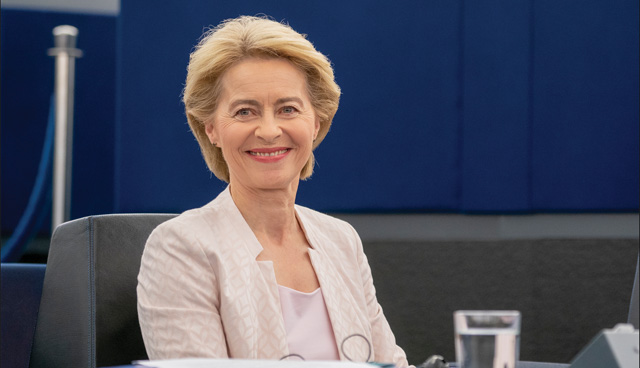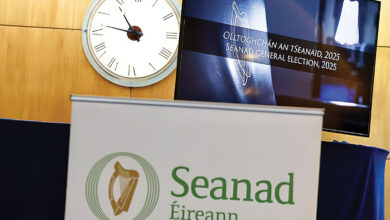European Green Deal

President of the European Commission, Ursula von der Leyen has unveiled her administration’s European Green Deal and in doing so signalled that Europe would “leave no one behind” as it progresses to a climate neutral economy by 2050.
Our goal is to reconcile the economy with our planet,” von der Leyen said in a broadcast accompanying the launch of the plan. The predominant theme of the release was the idea of a “climate neutral Europe” where greenhouse gas emissions will be net zero by 2050.
This goal will be enshrined by a “climate law” in March 2020 and the Commission’s revision of 2030 emission reduction targets. Instead of the 40 per cent reduction previously required of member states by 2030, the goal will now be revised upwards to between 50 per cent and 55 per cent, subject to cost-benefit analysis. The Commission plans to review every EU law and regulation in order to align them with their climate goals, starting with the Renewable Energy Directive and moving on to directives and regulations such as the Energy Efficiency Directive, the Effort Sharing Regulation and the LULUCF land-use change initiative. A new initiative to harness the “enormous potential” of offshore wind is also being mooted.
A new circular economy action plan will also be released in March, including a sustainable product policy and “prescriptions on how we make things”. The overall goal for the Commission is a Europe that uses less materials and makes more recyclable products; a large tenet of this plan is “clean steelmaking”, which will be undertaken using hydrogen.
The Commission is proposing a “Just Transition Mechanism”, whereby €100 billion of funding will be “targeted to the most vulnerable regions and sectors”. This funding will be split in three pathways: a just transition fund mobilising the resources of the EU’s regional policy budget; an “InvestEU” programme with funding from the European Investment Bank; and EIB funding from its own capital.
Every euro provided under the mechanism could be matched two or three times over by the regions to which they are allocated, with state aid guidelines to be reviewed in order to study the possibility of enabling national governments to directly support clean energy initiatives with the Commission’s blessing.
Building renovations are also one of the main pillars of the European Green Deal. The Commission’s objective is to “at least double or even triple” the current rate of building renovations in Europe, which stands at about 1 per cent.
A new biodiversity strategy is also due to come onstream in March, with a UN biodiversity summit scheduled for October 2020 in China. Measures are set to include soil and water pollution initiatives and reforestation programme. New labelling rules will promote deforestation-free agricultural products.
The overall goal, as von der Leyen looks to make her mark as the new EC President in a decade so crucial for climate action, is that Europe has a “pollution-free environment” across the elements and industries by 2050. The Commission hopes that new initiatives such as their chemical strategy will get us on the way to a “toxic-free environment”.





